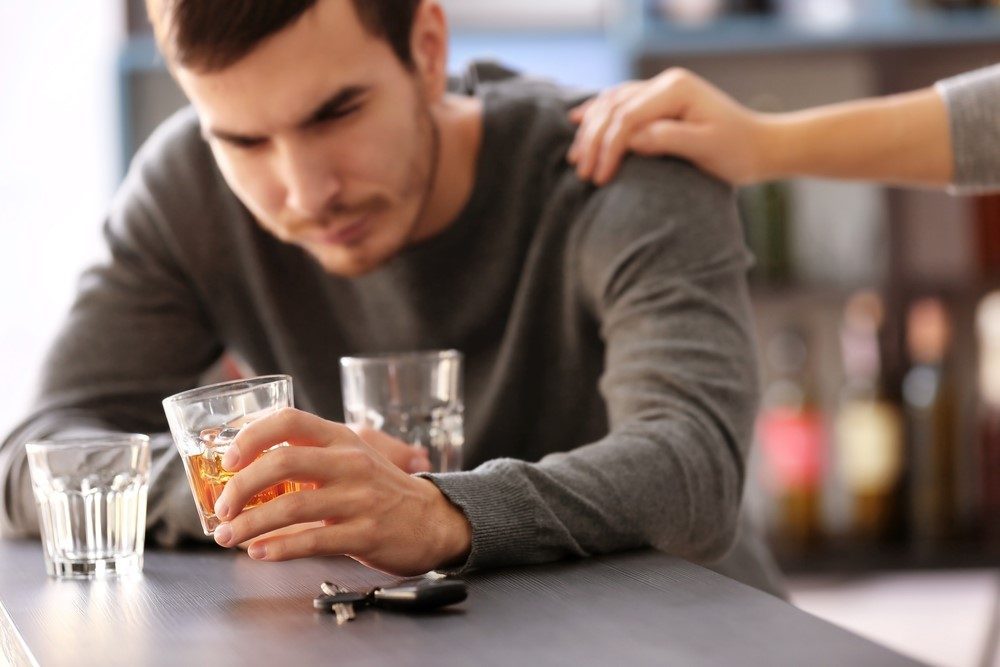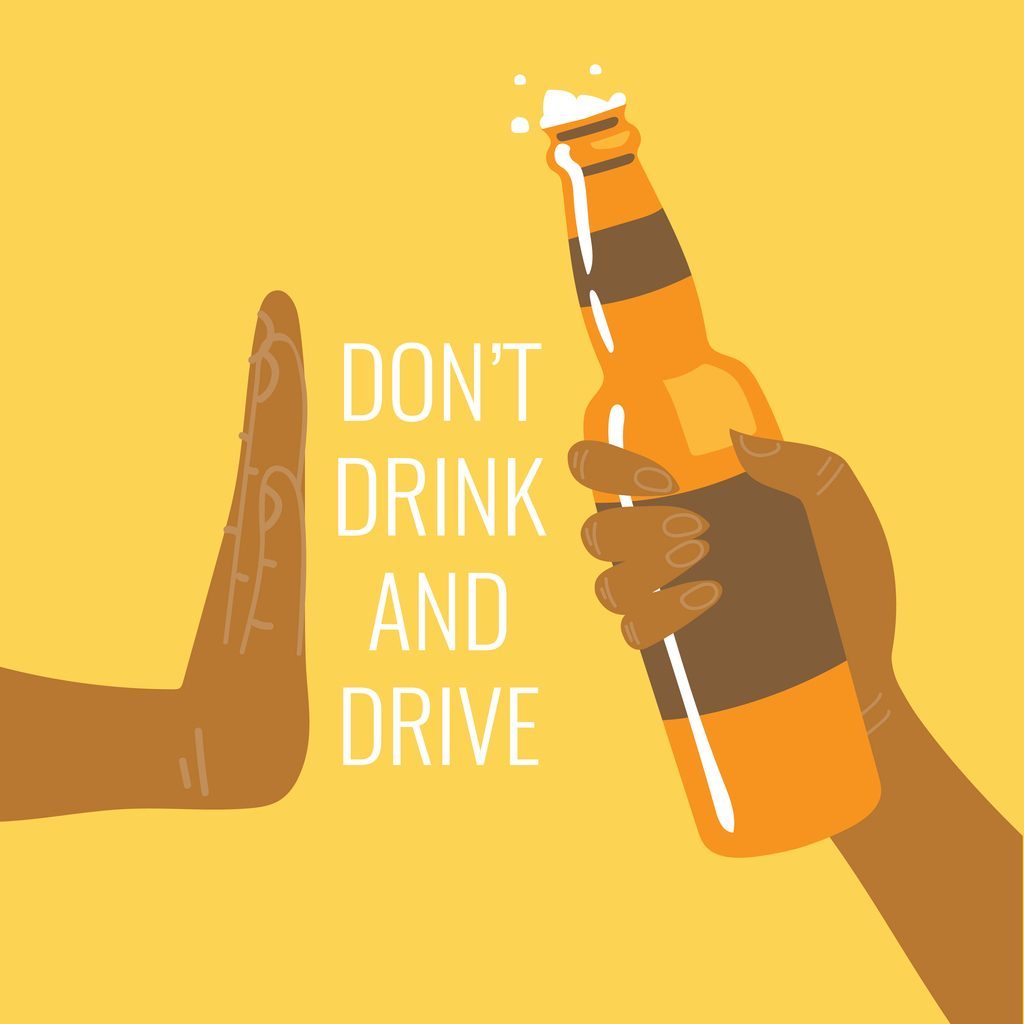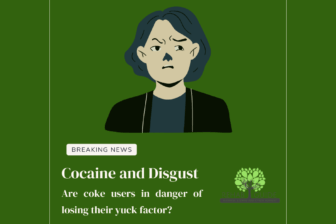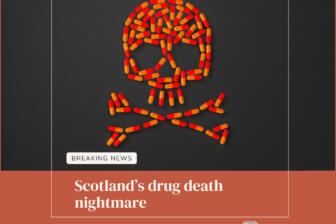Drinking and Driving: Serious and Risky
The dangers of drinking alcohol and driving
It’s really easy to slip up. A fun night out after work and going to a bar to relax with co-workers. You have a couple and feel fine. It’s when you get into your car to go home that the trouble starts. It’s not obvious to you, but drinking and driving is serious and risky. You ar driving differently, not reacting fast enough, swerving more.
If you were fortunate, you got home safely without hurting anyone. More likely, the police probably saw you, and you will be arrested for a crime you didn’t even know you committed, after all, you felt fine.
This is a story that happens daily. In England alone, there are 85,000 people every year that are convicted of drunk driving. That is over 230 people a day. It’s a crime that hurts people, and ruins lives. It’s also a desperate cry for help for people struggling with their alcohol consumption. Alcoholism is a condition that can be treated with the help of a specialised treatment centre. If you or someone you love is struggling with a drinking problem, it’s time to seek help and get your life back on track Here are some basics about drinking and driving so you can be prepared to make the right decision when you pull your keys out to get in your car.
The law and drinking and driving
Driving under the influence of alcohol is a criminal offence in most places. The specifics of it vary from country to country and may change between counties and states.
The penalties for drinking and driving are often severe due to the dangerous nature of it. It comes typically with prison time and a very fine, and may also result in a person losing their ability to drive, their vehicle, and they may be ordered to undergo addiction treatment. The penalties will only get more severe if the court sees the same person coming back for the same crime. The idea here is deterrence and rehab rather than punishment.
The legal threshold for being too drunk to drive will vary. Using England as an example, the blood alcohol content to be considered legally intoxicated is .08. This represents .08 milligrams of alcohol per 100 millilitres of blood. Although this is a standard legal definition, remember that everywhere is different, and where you are may have a much more strict definition of being too drunk to drive.
How much can I drink and drive?
Everyone processes drink a little differently. How much a person can drink depends on a few factors, like their overall health, weight, their history with alcohol, how much they have eaten and when and their general stress level.
The easiest way to know you have not had too much is to have none at all. Staying sober when you know you are going to be driving can save you thousands in fines, legal fees, court costs, as well as your freedom.
What happens when I drink and drive?
Drinking and driving has been said to be dangerous many, many times. Here is the proof. In one year alone in the UK, over 9000 motor vehicle accidents were caused by a driver who was legally drunk at the time. Every year on average, there are over 3500 serious injuries due to alcohol-related accidents. Over the course of 35 years of record-keeping, almost 25000 people have been killed as a result of drinking and driving. This is the first thing that happens when you drink and drive.
You put everyone at risk. Any amount of alcohol in your bloodstream can impact your driving ability. The effects of alcohol abuse vary greatly, putting you at risk of causing an accident or road injury.
Alcohol is known to rapidly enter the bloodstream and begin to affect the person within minutes of drinking it. It is a depressant, which means it inhibits the reactions and processing of the brain and central nervous system. It basically gets in the way of thinking and moving.
Think about it this way, driving under the influence means that you will have a slower reaction time, a lack of coordination, reduced concentration, blurred vision and poor judgment.
This can all start with a blood alcohol content (BAC) of .02, well below the legal limit of .08. At that level, people begin to feel relaxed, have various mood swings, and start losing the ability to concentrate and think clearly.
When you get to a BAC of .05, again below the legal limit, you start to lose motor skills, reflexes are reduced, and vision begins to blur with people being unable to process what they see fast enough.
At a BAC of.08, where it becomes illegal to operate a vehicle in many places, there are more of the full-blown side effects of alcohol intoxication. These include being unable to focus or think, having poor balance and coordination, poor judgment and reasoning, slow reflexes and a definite lack of judgment.
For some people, they drink heavily. If a person drinks to a BAC of .15 and above, they are at risk of losing consciousness, very impaired reflexes or motor skills, the danger of vomiting or choking on their own vomit and poor judgment and decision making. After a certain point, a BAC will become life-threatening.
%22%20transform%3D%22translate(1.6%201.6)%20scale(3.11719)%22%20fill-opacity%3D%22.5%22%3E%3Cellipse%20fill%3D%22%23b27f1b%22%20rx%3D%221%22%20ry%3D%221%22%20transform%3D%22matrix(-52.18293%20-84.49136%2029.9377%20-18.4899%20205.8%20173.2)%22%2F%3E%3Cellipse%20fill%3D%22%23fffa87%22%20rx%3D%221%22%20ry%3D%221%22%20transform%3D%22matrix(-13.96476%20-29.40972%20109.30922%20-51.90383%2048.9%209.7)%22%2F%3E%3Cellipse%20fill%3D%22%23b68513%22%20rx%3D%221%22%20ry%3D%221%22%20transform%3D%22rotate(-31.2%20326.5%2024)%20scale(39.40364%2023.65644)%22%2F%3E%3Cellipse%20fill%3D%22%23fffe8b%22%20rx%3D%221%22%20ry%3D%221%22%20transform%3D%22matrix(20.80724%2054.02167%20-36.16586%2013.92981%20243.8%2024.5)%22%2F%3E%3Cpath%20fill%3D%22%23fff380%22%20d%3D%22M70.6%20300.4l-36.5-56.2%2087.3-56.6%2036.5%2056.2z%22%2F%3E%3Cellipse%20fill%3D%22%23ffec7a%22%20cx%3D%22111%22%20cy%3D%22165%22%20rx%3D%2210%22%20ry%3D%2291%22%2F%3E%3Cellipse%20fill%3D%22%239c5c5b%22%20rx%3D%221%22%20ry%3D%221%22%20transform%3D%22rotate(86.9%2015.9%20169.8)%20scale(21.35902%2014.27105)%22%2F%3E%3Cpath%20fill%3D%22%23ffed7b%22%20d%3D%22M0%20238h149v18H0z%22%2F%3E%3Cpath%20fill%3D%22%23fff986%22%20d%3D%22M17.2%2055.1l-8.6%2061.4-25.8-3.6%208.6-61.4z%22%2F%3E%3Cellipse%20fill%3D%22%23ecb342%22%20rx%3D%221%22%20ry%3D%221%22%20transform%3D%22matrix(-24.39972%2013.92593%20-6.98146%20-12.23227%2076.3%20218.5)%22%2F%3E%3Cellipse%20fill%3D%22%23f2c14f%22%20rx%3D%221%22%20ry%3D%221%22%20transform%3D%22matrix(-15.54123%2024.1148%20-35.55144%20-22.91177%20173.4%20223.6)%22%2F%3E%3Cpath%20fill%3D%22%23c89925%22%20d%3D%22M147.8%20162.7l24.7%2023.9%2026.7%204-55.8-64.5z%22%2F%3E%3Cpath%20fill%3D%22%23ffd35e%22%20d%3D%22M222.4%20145.9l9.1-4.2%2016%2034.4-9%204.2z%22%2F%3E%3Cpath%20fill%3D%22%23f0be4d%22%20d%3D%22M25%2036h78v113H25z%22%2F%3E%3Cpath%20fill%3D%22%23cb9d27%22%20d%3D%22M215%20179h41v77h-41z%22%2F%3E%3Cpath%20fill%3D%22%23ffe372%22%20d%3D%22M109.6-16L86%2043.3-16%2017.9%2013.7-16z%22%2F%3E%3Cpath%20fill%3D%22%23f1bf4e%22%20d%3D%22M109%2020l9%20144%2078-142z%22%2F%3E%3Cellipse%20fill%3D%22%23ffe170%22%20rx%3D%221%22%20ry%3D%221%22%20transform%3D%22rotate(152.6%20111.1%2031.6)%20scale(24.87376%2080.56338)%22%2F%3E%3Cpath%20fill%3D%22%23ca9b2b%22%20d%3D%22M-15%20154.8l94%2035-76.7%2011.6L-16%20190z%22%2F%3E%3Cpath%20fill%3D%22%23d29487%22%20d%3D%22M161%20139l8-11%2011%2036z%22%2F%3E%3C%2Fg%3E%3C%2Fsvg%3E)
- Don’t drink and drive! Be a responsible driver.
Are you at risk?
The largest group at risk for drinking and driving are those who binge drink or are struggling with an alcohol use disorder. Anyone can drink too much one night and have a night that changes their lives forever. There are some things that research has shown who is more likely to drink and drive. This is to help people make better decisions by knowing their risk factors.
Overwhelmingly, people who drink and drive are male, with numbers going as high as 87% of people convicted of the crime being male. Men are also disproportionately high in numbers of people with an alcohol use disorder, so this makes sense.
Looking at ages, it’s obvious that younger people are more susceptible to drinking and driving. More people in their 20s will drink and drive than any other age group. College-age people are high on risk factors. Underage drinking is still a danger because youth often do not know how much they can drink, and their bodies are unable to process alcohol as well as an adult.
No one is above being at risk for drinking and driving, and it could happen even if you think you are sober. For some, one or two drinks could be enough to do it. The only safe way to drive is if you have not had anything to drink at all. If you find yourself struggling with your drinking to the point where you are driving under the influence, get help now. Confidential and compassionate care is available to you, so you do not have to become part of the statistics.
Don’t Let Alcoholism Destroy Your Life
Learn about the risk factors of alcoholism and the different forms of treatment available.
For more information about alcohol treatment, speak with a recovery specialist today on 02072052845.






